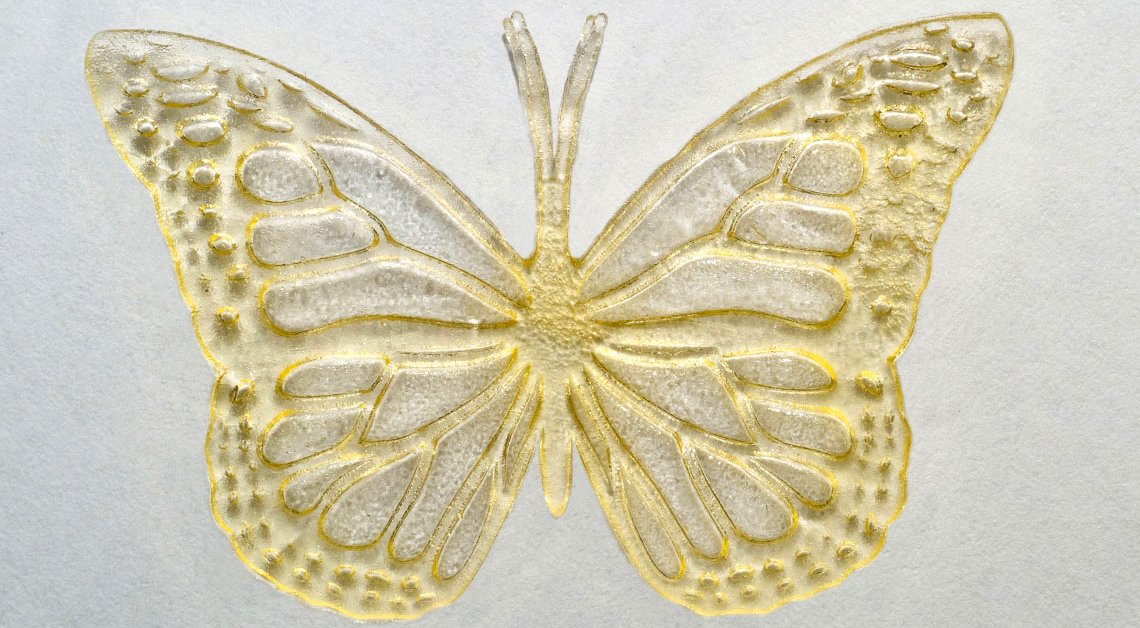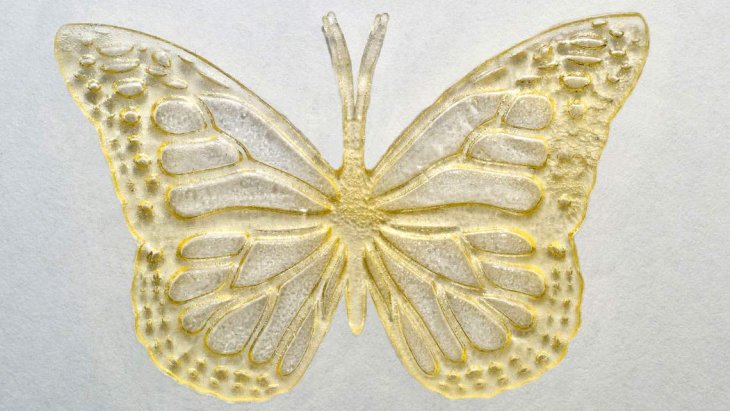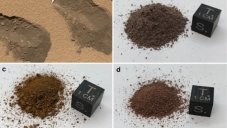You Can Now Create 3D Printed Models From Used Cooking Oil
Dhir Acharya - Feb 14, 2020

McDonald's disposes of used cooking oil every day and a researcher has found a way to use that cheap material for 3D printing.
- India’s First 3D-Printed Building With Indigenous Construction Materials
- KFC Plans To Make 3D-Printing Chicken And Add It To Their Menu
- Scientists Use Math To 3D Print The World's Strongest Steel
There are many reasons why we shouldn’t eat deep-fried fast food, one of which is the high likeliness that it’s fried in used cooking oil. however, researchers from the University of Toronto came up with a way to turn used oil into a light-sensitive plastic that we can use in 3D printing.
The research on this idea began with a professor at Toronto University. Three years ago, he began working with 3D printers, from which he noticed that there was a similarity between the basic molecules that were used in creating commercially plastic resins for 3D printers and the fats found in cooking oil. Then the professor looked for a source for cooking oil for his research and ended up with McDonald's, who had to deal with disposing of used oil every day and was willing to donate the oil.

Turning cooking oil into a usable resin needs a quite straightforward chemical process. As soon as the researcher finishes filtering and cleaning the oil, a photoinitiator is added to the oil, which changes its physical properties significantly when it’s exposed to the light.
Then, the resulting resin can be used for 3D printers that rely on stereolithography techniques for building up 3D models. This technique doesn’t melt plastic and extrudes thousands of thin layers in order to build up an object, it instead begins with a container that has ever-increasing thin layers made of liquid resin, which are hardened under the light until a 3D-printed model is complete.

A liter of used cooking oil generated 420 ml of resin. In a test, the researcher 3D printed a butterfly, the results had details measuring only 100 micrometers and the model was stable thermally, which means its structure would not become fragile or melt at the room temperature or higher.
Besides, the models 3D printed from used cooking oil resin are biodegradable. A sample buried underground for two weeks lost 20% of its total weight.
But the most beneficial thing about 3D printing using cooking oil is the power price. The current resins for high-resolution stereolithography 3D printers can cost more than Rs 35,600 per liter while the new material may cost only Rs 21,400 per metric ton.
>>> This Is The Most Gigantic 3D-Printed Building In The World
Featured Stories

Features - Jul 01, 2025
What Are The Fastest Passenger Vehicles Ever Created?

Features - Jun 25, 2025
Japan Hydrogen Breakthrough: Scientists Crack the Clean Energy Code with...

ICT News - Jun 25, 2025
AI Intimidation Tactics: CEOs Turn Flawed Technology Into Employee Fear Machine

Review - Jun 25, 2025
Windows 11 Problems: Is Microsoft's "Best" OS Actually Getting Worse?

Features - Jun 22, 2025
Telegram Founder Pavel Durov Plans to Split $14 Billion Fortune Among 106 Children

ICT News - Jun 22, 2025
Neuralink Telepathy Chip Enables Quadriplegic Rob Greiner to Control Games with...

Features - Jun 21, 2025
This Over $100 Bottle Has Nothing But Fresh Air Inside

Features - Jun 18, 2025
Best Mobile VPN Apps for Gaming 2025: Complete Guide

Features - Jun 18, 2025
A Math Formula Tells Us How Long Everything Will Live

Features - Jun 16, 2025
Comments
Sort by Newest | Popular